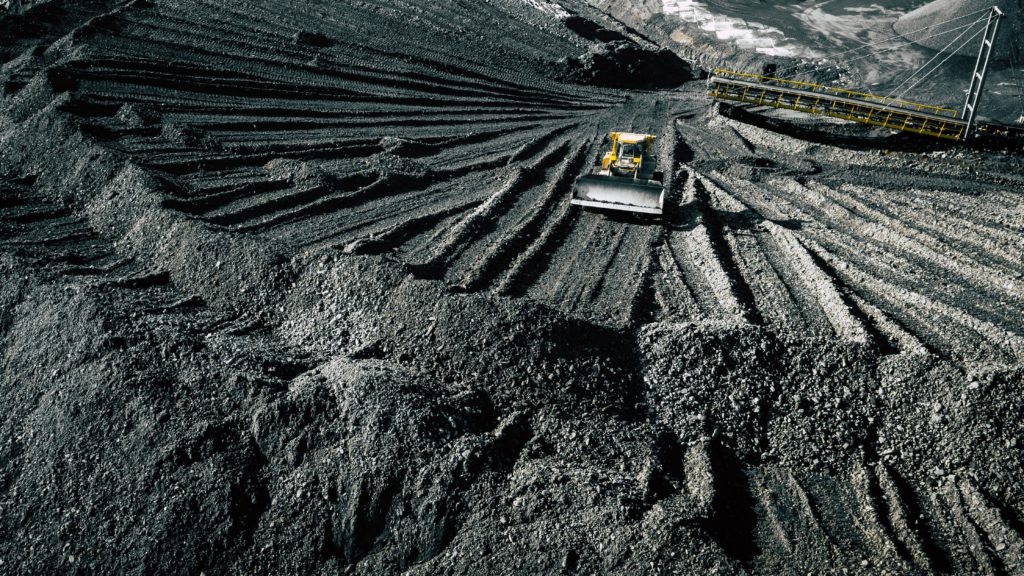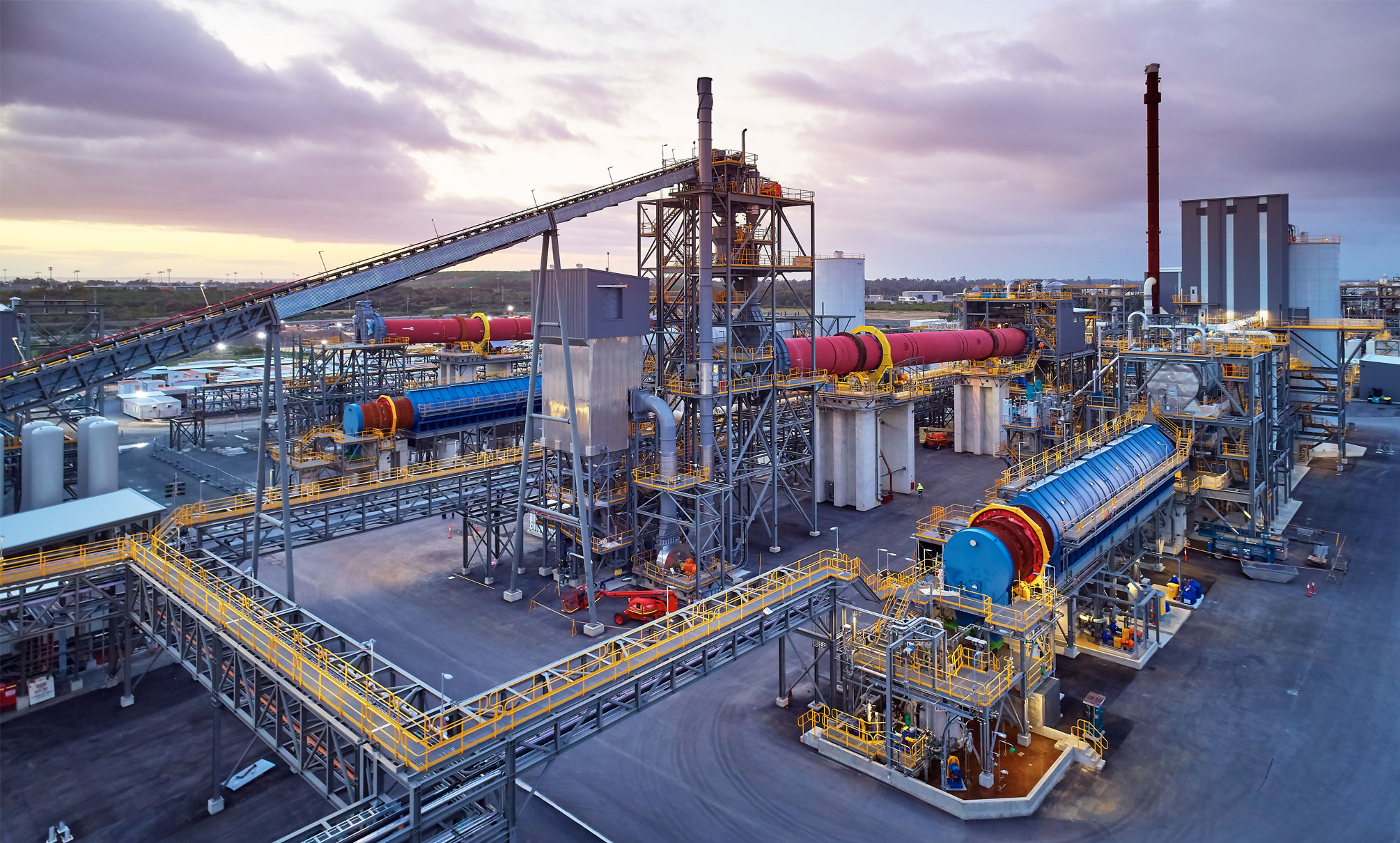Column: Russia’s coal exports to Asia slipping even as discount widens

(The opinions expressed here are those of the author, Clyde Russell, a columnist for Reuters.)
There are signs that Russia is battling to sell more coal into Asian markets, even as the price of its fuel declines while alternatives from Indonesia and Australia remain elevated.
In the months following Moscow’s Feb. 24 invasion of Ukraine it appeared that Russia had successfully replaced the loss of some volumes of coal exports to Europe with increased sales to Asia, especially to China and India, the world’s two biggest importers.
But Russia’s seaborne exports of all grades of coal to Asia dropped to the lowest in four months in August, with commodity analysts Kpler tracking shipments of 10.15 million tonnes, down from 12.16 million in July and 12.42 million in June.
Exports to China were 5.01 million tonnes in August, down from 5.87 million in July, according to Kpler.

China’s overall imports from Russia are higher once overland arrivals are included, but capacity constraints in the rail system between the two countries mean that any significant increase in Russia’s exports to its neighbor will have to be via ship.
Russia’s exports to India were 1.8 million tonnes in August, up from 1.51 million in July and 1.69 million in June.
India has been Russia’s biggest success story in Asia, given that prior to the invasion India’s imports usually ranged from about 300,000 tonnes to 700,000 tonnes, meaning they have more than doubled since the start of the conflict.
Japan was a top buyer of Russian coal in Asia prior to the invasion of Ukraine, but exports to Japan have been declining since, dropping to 408,049 tonnes in August from 780,053 in July.
In August 2021 Russia’s exports to Japan, Asia’s third-largest coal importer, were 1.37 million tonnes, which was a typical volume for most months last year.
South Korea, Asia’s fourth-ranked importer, has also been buying less from Moscow, with Russian exports in August being tracked at 1.05 million tonnes, down from 2.34 million in July and 2.85 million in June.
Russian price discount
The weaker exports from Russia to Asia come despite lower prices, with McCloskey last assessing Russian thermal coal with an energy content of 6,700 kilocalories per kg (kcal/kg) at the eastern port of Vostochnny at $158.50 a tonne, which is about half of the $315 a tonne it reached in mid-March as coal prices surged after the invasion.
Notably, that is also lower than the $254 a tonne that Vostochnny cargoes were assessed at before the Russian invasion of Ukraine, showing it has lost ground even before the conflict, in contrast to competing grades from other exporters.
The price of 6,000 kcal/kg coal at Australia’s Newcastle Port was assessed by globalCOAL at $452.81 a tonne for the week to Sept. 9, which was a record and some 80% above the price that prevailed prior to the attack on Ukraine.
However, it’s worth noting that 6,000 kcal/kg of Australian coal, while widely cited in media reports as the long-running benchmark, reflects a relatively narrow proportion of the total trade in thermal coal in Asia.
Lower energy 5,500 kcal/kg coal, as assessed by commodity price reporting agency Argus, perhaps offers a broader view of what buyers are paying, and this measure ended at $198.70 a tonne in the week to Sept. 9.
This is down from its record of $284.20 a tonne in the week to March 11, but is still 28% higher than the $155.43 in the week before Russia’s attack on Ukraine, which Moscow terms a “special military operation.”
Indonesia, the world’s biggest exporter of thermal coal, typically exports lower energy coal with its primary markets being China and India.
Indonesian coal with an energy content of 4,200 kcal/kg was reported to rise to $82.58 a tonne in the week to Sept. 9, up from $79.07 the prior week, but down from the record high of $120.86 from the week to March 11.
This grade of Indonesian coal has returned to the price level that prevailed before the invasion of Ukraine, likely a reflection of the limited market of buyers, given its low energy content rules it out of Japan and South Korea as well as Europe, all of which prefer higher quality fuel.
Coal isn’t a fully fungible product, with energy content and impurities also factoring into what buyers want to purchase.
Adjusting for energy content shows Russian seaborne coal for Asia at $23.66 per 1,000 kcal/kg, while Australian 5,500 kcal/kg cargoes are at $36.13 per 1,000 kcal/kg, a premium of about 50%.
Despite this wide discount it appears that Russia is struggling to move more coal to Asia, with increased volumes to China and India not enough to compensate for lower shipments to Japan, South Korea, and other buyers such as Taiwan.
(Editing by Christian Schmollinger)
{{ commodity.name }}
{{ post.title }}
{{ post.date }}

Comments